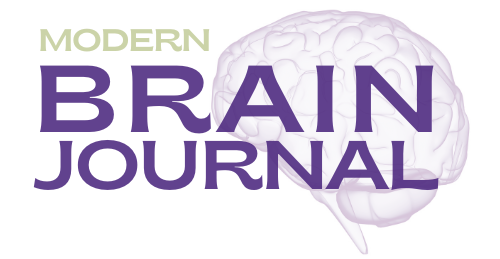New AI Model Can Distinguish Between Brains of Males and Females
Although past research has been unable to connect sex to concrete differences in the human brain, group of researchers from Stanford Medicine set out to identify consistent and replicable sex differences in the healthy adult brain. Knowing that sex plays a crucial role in human brain development, aging, and the manifestation of psychiatric and neurological disorders, the team hoped to gain a better understanding of sex-specific differences with the help of artificial intelligence.
The Research Into Male and Female Brains
With access to multiple large datasets, the scientists created a deep neural network mode to learn from them. The researchers showed the model around 1,500 dynamic MRI brain scans, indicating whether each was a male or female brain. The model learned to notice subtle patterns that could help it tell the difference between male and female brains correctly more than 90% of the time.
There were “hotspots” that most helped the AI model distinguish between the brains:
• The default mode network (helps humans process self-referential information)
• The striatum and limbic network (involved in learning and how we respond to rewards)
It’s worth noting that the brain scans were from multiple sites in the U.S. and Europe, controlling for extraneous variables that may have affected studies in the past. In addition, the researchers had access to “explainable AI,” a tool that can sift through large amounts of data to explain how a model’s decisions are made.
Predicting Cognitive Performance
Having identified the brain networks that were most vital in the model’s determination of whether each MRI scan was of a man’s or woman’s brain, the researchers decided to create another model. This was used to see if AI could predict how well male and female participants would do on certain cognitive tasks based on functional brain features that differ between the sexes.
Using sex-specific models of cognitive abilities, AI was able to effectively predict cognitive performance in men, but not women—and vice versa for another model. Indeed, the findings showed that functional brain characteristics varying between men and women have significant behavioral implications.
“These models worked really well because we successfully separated brain patterns between sexes,” explains Vinod Menon, PhD, professor of psychiatry and behavioral sciences and director of the Stanford Cognitive and Systems Neuroscience Laboratory. “That tells me that overlooking sex differences in brain organization could lead us to miss key factors underlying neuropsychiatric disorders.”
Sharing the AI Model
Knowing that the AI model might be able to answer questions regarding brain connectivity and its relationship to any kind of cognitive ability or behavior, the team are planning to make their model available to all researchers.
“Our AI models have very broad applicability,” says Menon. “A researcher could use our models to look for brain differences linked to learning impairments or social functioning differences, for instance—aspects we are keen to understand better to aid individuals in adapting to and surmounting these challenges.”
The research was sponsored by:
• The National Institutes of Health
• The Transdisciplinary Initiative
• The Uytengsu-Hamilton 22q11 Programs
• The Stanford Maternal and Child Health Research Institute
• The NARSAD Young Investigator Award.
The findings were published in the February 19 issue of the Proceedings of the National Academy of Sciences.
MBJ
Wendy Burt-Thomas writes about the brain, mental health and parenting.
Check out the original research:


